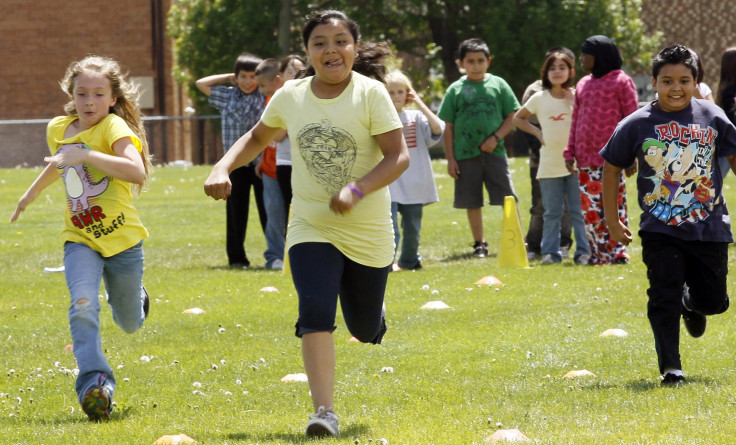Obese Kids More Prone to Gallstones, Study Says

Overweight or obese children have a higher risk of developing gallstones than those with normal body mass index, a new study says.
The research found that moderately obese children had four times higher risks of developing gallstones while the risk increased to about six times for children severely obese. Researchers also found that girls were more likely to develop gallstones than boys.
"Although gallstones are relatively common in obese adults, gallstones in children and adolescents have been historically rare. These findings add to an alarming trend-youth who are obese or extremely obese are more likely to have diseases we normally think of as adult conditions," said lead author of the study Corinna Koebnick, PhD, from Kaiser Permanente.
The study was based on analysis of medical data available on 510,000 children aged between 10 and 19 years from the year 2007 to 2009. The large data meant that minority students were also accounted in the study. Researchers found that Hispanic children were more likely to have gallstones than children belonging to other ethnicities.
"The high rate of gallstones in obese children and adolescents may surprise pediatricians because gallstone disease is generally regarded as an adult disorder. Since obesity is so common, pediatricians must learn to recognize the characteristic symptoms of gallstones," said Dr. George Longstreth, gastroenterologist from Kaiser Permanente San Diego Medical Center and senior study author.
According to the Centers for Disease Control and Prevention about 17 percent of all children and teenagers in the U.S are overweight or obese.
"With increasing numbers of cases of gallstones in children, we wanted to better understand the potential role of risk factors such as obesity, gender, ethnicity, and oral contraceptive use. With childhood obesity on the rise, pediatricians can expect to diagnose and treat an increasing number of children affected by gallstone disease. It is important to identify other factors that increase risk as well," said Koebnick.
Gallstones in the gallbladder look like small pebbles and they are formed when bile in the gall bladder hardens. Gallbladder is a small sac-like structure that is located below the liver.
Obese people, people with diabetes, those belonging to certain ethnicities like American Indians and Mexican-Americans and pregnant women are at high risk of developing gallstones.
Gallstones may cause steady pain in the upper abdomen that lasts for 30 minutes or more, pain under the right shoulder or pain in the back between shoulder blades.



























